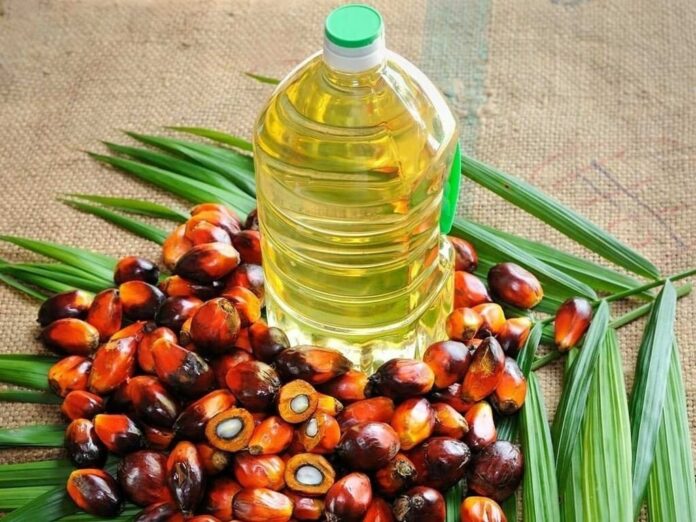KUALA LUMPUR: Palm oil futures closed higher on Friday and clocked a third straight annual gain, with tight production and robust demand expected to keep prices firm next year.
The benchmark palm oil contract for March delivery on the Bursa Malaysia Derivatives Exchange closed up 22 ringgit, or 0.47%, at 4,705 ringgit ($1,129.92) a tonne.
Palm jumped 30.7% in 2021 as a pandemic-fuelled labour shortage hammered output in the world’s second-largest producer, while demand picked up after countries eased lockdowns. Prices averaged around 4,149.57 ringgit ($996.53) this year.
“2021 has been a year of supply shortages and weather disruptions. Demand returned, but supply struggled to keep up,” Sathia Varqa, co-founder of Singapore-based Palm Oil Analytics, said.
“High prices fuelled inflationary pressure in major importing countries, warranting trade policy changes,” Varqa added.
Global demand for commodities is expected to remain robust in 2022 and underpin prices as the world economy continues to recover, although similar price jumps are unlikely, analysts and traders say.
Palm prices are expected to stay strong in 2022 as production will remain constrained due to soaring fertiliser costs and long-standing labour shortages, the Council of Palm Oil Producing Countries said on Thursday.
Exports of Malaysian palm oil products for December fell 5.3% to 1,581,110 tonnes, from the 1,668,648 tonnes shipped during November, cargo surveyor Intertek Testing Services said.
Dalian’s most-active soyoil contract rose 0.8%, while its palm oil contract gained 1%. Soyoil prices on the Chicago Board of Trade were up 0.8%.
Palm oil is affected by price movements in related oils as they compete for a share in the global vegetable oils market.
Palm oil may retest a support at 4,314 ringgit per tonne next quarter, as its correction from the October high of 5,220 ringgit looks incomplete, Reuters technical analyst Wang Tao said.
























Nice article